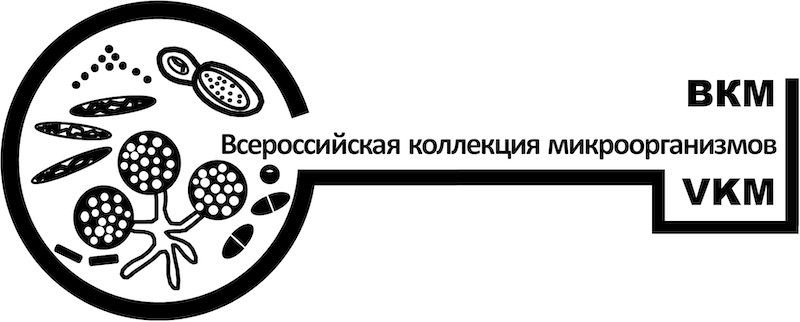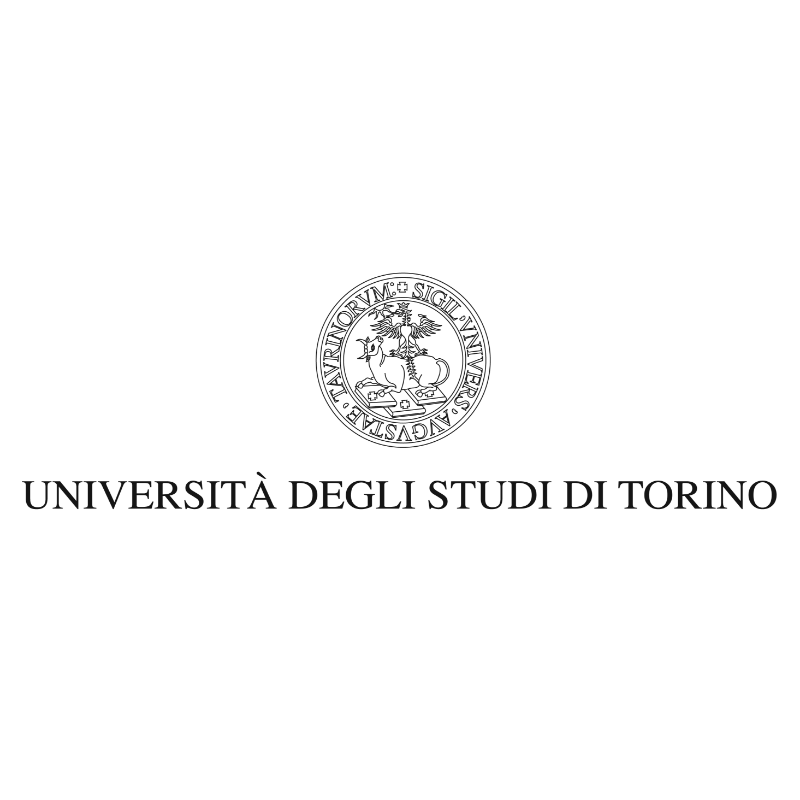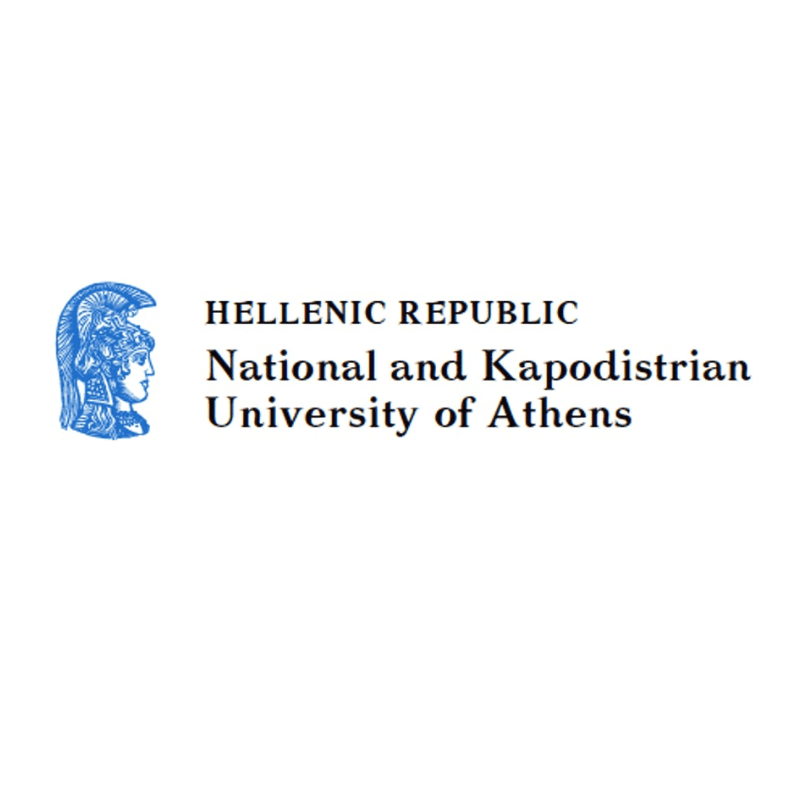Skryabin’s Institute of Biochemistry and Physiology of Microorganisms (IBPM) inside the Federal Research Center Pushchino Scientific Center for Biological Research of the Russian Academy of Sciences (PSCBR RAS) houses the All-Russian Collection of Micro-organisms (VKM) department. VKM is the largest non-medical collection in Russia including over 20000 strains of archaea, bacteria, fungi and yeasts, both, identified and not-yet-identified, originating from various sources. Nearly 7500 strains are presented in the on-line Catalogue. The VKM activities are focused on: (i) collection, maintenance and supply of microorganisms; (ii) research in the field of microbial biodiversity and systematic; (iii) use of microorganisms in biotechnology- and ecology-related area; (iv) molecular and genomics approaches; and (v) taxonomy. Since 1987, VKM has had the International Depositary Authority (IDA) status from the World Intellectual Property Organisation, in the framework of international patent legislation (Budapest Treaty). In 1988-1990, VKM headed creation of joint catalogue for 31 microbial culture collections of USSR, Eastern Germany, Vietnam, Bulgaria, Czechoslovakia and Mongolia. VKM is a member of ECCO and WFCC, was been involved in European projects GBRCN (2011-2012), BRIO (2011-2014) and MIRRI (2012-2015), participated in EOSC-Life project, conducting genomic research with WDCM GCM2.0.
University of Torino (UNITO)
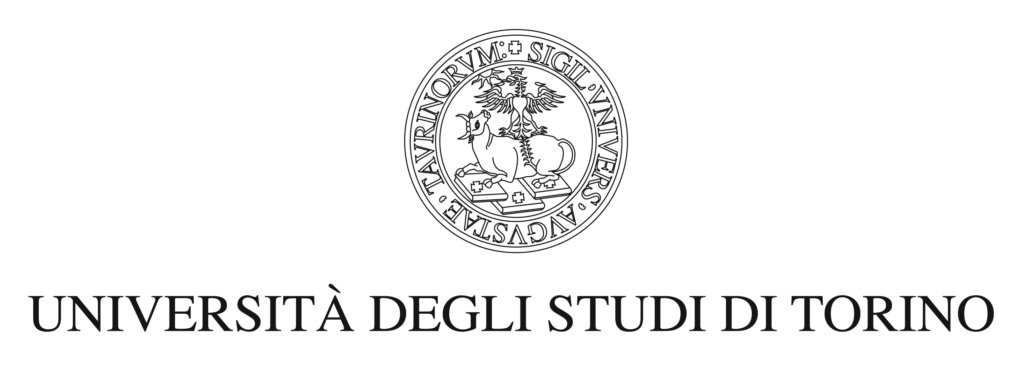
Website: www.unito.it
The University of Turin (UNITO) is one of the most ancient and prestigious Italian Universities. It hosts about 70000 students, 4000 academic, administrative and technical staff, 1800 post-graduate and post-doctoral students in 120 buildings in different areas in Turin and in key places in Piedmont. Today, UNITO is one of the largest Italian Universities, open to international research and training. It carries out scientific research and organises courses in all disciplines, except for Engineering and Architecture. The traditional missions of the University of Torino, focusing on teaching and research, have been extended to the so-called Third Mission, which has become a major policy concern in recent years. The Third Mission has assumed an increasingly crucial and strategic role in dealing with the territory and the society with the aim to generate knowledge outside academic environments to the benefit of the social, cultural and economic development.
The Turin University Culture Collections (TUCC) puts together more than 10000 microbial resources (including, bacteria, yeasts, filamentous fungi) coming from different Departments. Within the TUCC, the Mycotheca Universitatis Taurinensis (MUT) is the fungal collection of the Department of Life Sciences and Systems Biology. MUT operates according to the standards of ISO 9001 and currently preserves about 6000 fungal strains from more than 1100 species, coming from different environment and ecologic niches. The aims of the TUCC are the acquisition, identification, characterisation, preservation and distribution of microorganisms to support research and bio-based economy.
Associação CCG/zgdv – Centro de Computação Gráfica (CCG)
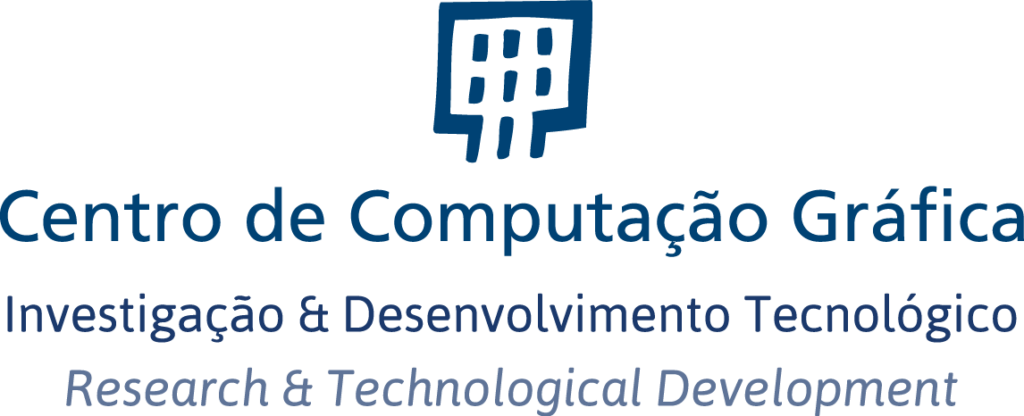
Website: www.ccg.pt
Centro de Computação Gráfica (CCG) was created in 1993 as a private, non-profit making association and a qualified entity, by the Portuguese Scientific and Technological System, to provide services of Research and Technological Development (R&TD), consulting and services to support the business innovation. Its principal mission is to promote and develop applied research and technology transfer, essentially by participating in national and international activities and projects concerned R&TD. CCG focuses on the development of activities and participation in national and international R&TD projects. In order to promote R&TD on Computer Graphics and Information Systems as areas of its basic competences, CCG also assumed the role of a centre for technology transfer from the basic research (e.g. from University of Minho labs) to Portuguese enterprises and institutions seeking for innovative products and services.
CCG is structured in four domains of applied research: Computer Vision Interaction and Graphics (CVIG), engineering process maturity and quality (EPMQ), Urban and Mobile Computing (UMC) and Perception, Interaction and Usability (PIU). Its expertise is constantly updated by participating in national and European (international) projects, the majority of them resulting on significant contributions for the state-of-the-art. CCG is a founding member of the excellence network GraphicsMedia.net, an International Network of Cooperation in Applied Research in Computer Graphics Technology and Multimodal-Multimedia Visual Interactive Digital technologies.
National and Kapodistrian University of Athens (NKUA)
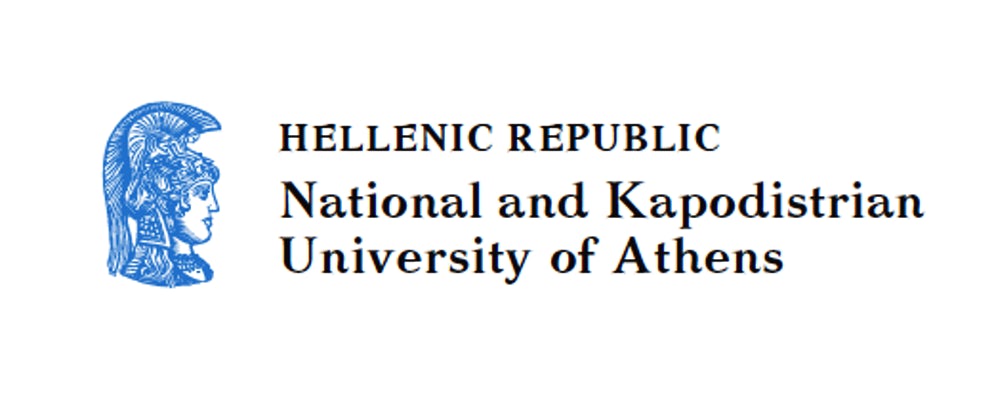
Website: en.uoa.gr
The National and Kapodistrian University of Athens (NKUA) is the oldest University in Greece and the first Higher Education Institution in the Balkan and Eastern Mediterranean area. NKUA has eight schools offering a range of study areas defined by great variety and scope. NKUA aims to maximise the benefits of research by advancing fundamental knowledge and contributing to better public policy, improved health outcomes, economic prosperity, social cohesion, international development, community identity, the arts, culture and the quality of life.
Within the above framework, and in an effort to organise and facilitate the study of the Greek microbial diversity and evaluate its biotechnological and biomedical potential, the NKUA has established the Culture Collections of the University of Athens (CCUoA). CCUoA is a unified network of laboratory preserved culture collections that belong to three different labs of the National and Kapodistrian University of Athens. It comprises of five individual units distinguished by the type of microorganism they are specialised. These units are i) ATHUM for fungi, ATHUCY for cyanobacteria and ATHUAL for algae that are curated by the laboratory of Systematics and Ecology of the Department of Biology; ii) ATHUBA for bacteria and archaea, curated by the laboratory of Microbiology of the Department of Biology; and iii) UOA/HCPF for pathogenic fungi, curated by the laboratory of Microbiology of the Medical School. CCUoA cumulatively comprises of over 10000 pure isolates. The majority of the strains are isolated only from Greek specific habitats with special climatic characteristics. The isolates originated either from food products, soil, marine environment or airborne; others are clinical strains, lignicolus, fungicolous or/and pathogenic strains.
University of Latvia Microbial Strain Collection of Latvia – (MSCL/UL)
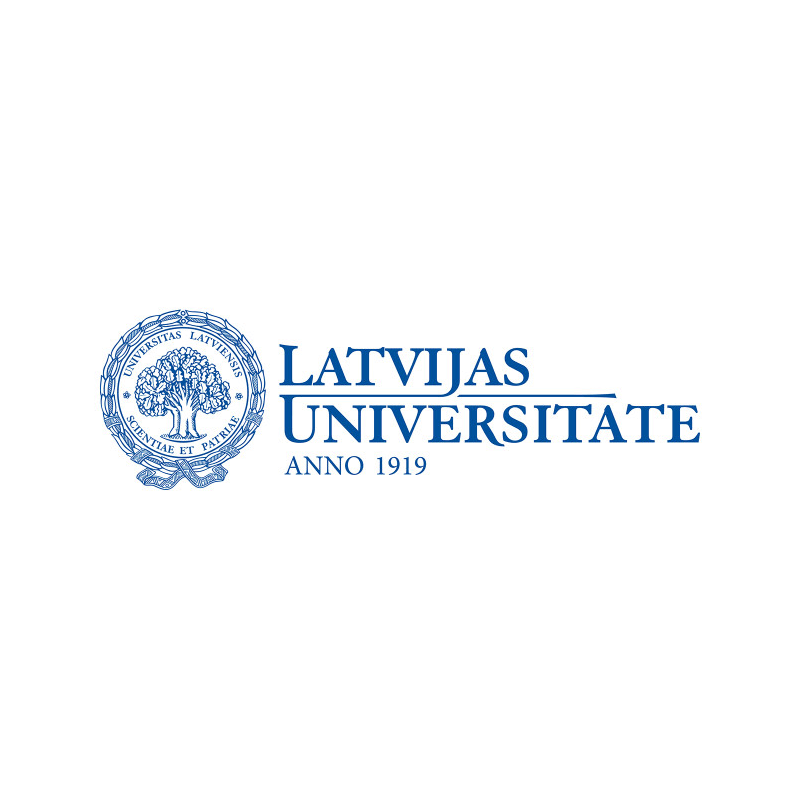
Website: mikro.daba.lv/EN/
lu.lv
The University of Latvia (UL) is one of the largest comprehensive and leading research universities in the Baltic States with 15,000 students, 13 faculties and more than 20 research institutes. Research is conducted in over 50 research fields which represent four main areas of inquiry: the humanities, natural and medical sciences, social sciences and education sciences. UL has started a building of its own Academic Centre. It is the largest project of the European Fund for Strategic Investment in Latvia, the only one in the Baltic States where EFSI invests in the development of university. Microbial Strain Collection of Latvia (MSCL) now, alongside with several faculties and research institutes, is located in the modern-equipped House of Nature, which has been already completed in 2015. In the last decade, MSCL has become the leading microbial service collection in Latvia. Currently, for long-term access, MSCL holds more than 1600 strains of bacteria, filamentous fungi and yeasts, which are of present and future interest for the Life Sciences, biotechnology and industry in Latvia.
MSCL is recognised as an International Depositary Authority (IDA). Collection is a member of the World Federation for Culture Collections (WFCC) since 1996 and of the European Culture Collection’s Organization (ECCO) since 1997. MSCL is registered in the WFCC-MIRCEN World Data Centre for Microorganisms (WDCM). MSCL services comprise deposition of strains for public access, for safe deposit (with all property rights retained by the depositor) and for patent purposes. Apart from the standard service functions, MSCL carries out research in collaboration with scientific institutions and academia. Through the partnerships and collaborations, MSCL has been involved also in several joint projects funded both by the European Regional Development Fund (ERDF) and the National Research programme (strain identification, isolation, antagonisms tests, antimicrobial activity, etc.).
Institute of Agricultural and Food Biotechnology (IAFB-CCIM)

Website: ibprs.pl
Institute of Agricultural and Food Biotechnology (IAFB) is a research institute under the supervision of the Ministry of Agriculture and Rural Development. The Institute’s headquarter is located in Warsaw with over 600 accredited test methods, supports research from the most basic or fundamental aspects of food and feed sciences to the technological developments, communication and education services (including training) in the agricultural and food biotechnology field. IAFB carries out research in food sciences and agriculture, environmental protection, bio economy throughout its 12 specialised research departments. The Institute’s fields of activity also include many sectors of the agri-food industry, including yeast industry, distillery, viticulture, acid production, brewing, chilled food, sugar, meat and fat, and the production of microbiological preparations (enzymatic, probiotic, starter cultures and others). The main research topics are Security and food quality, Innovations in food production, Microorganisms for the agro-food sector and Effective resource management and limiting food wastage.
The Institute is one of the main institutions in Poland that provides agriculture, food industry and universities with pure cultures of microorganisms. Identified and characterised bacteria, yeast and filamentous fungi from the Collection of Industrial Cultures are available in the form of pure cultures for research at universities throughout the country. The collection includes yeast (bakery, distillers, wine, brewing, fodder), filamentous fungi (producing enzymes, vorganic acids) and bacteria (lactic, acetic and dextrans formation). These strains are used by industry and other scientific and research institutions in the country and abroad. IAFB has the status of a national and international microbial deposit authority, which is the subject of patent applications. The collection is registered in the World Federation for Culture Collections (IAFB 212), and since 1992, belongs to the European Culture Collections’ Organization (ECCO). The IAFB collection adapts and introduces the standards proposed by WFCC, and the updated data are sent to the World Data Collection of Microorganisms database (2013/2017).
Service Public Fédéral de Programmation Politique Scientifique (BELSPO)
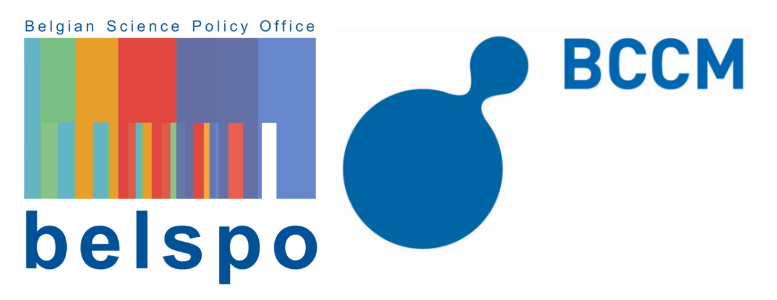
Website: bccm.belspo.be
The Service Public Fédéral de Programmation Politique Scientifique (BELSPO) or Belgian Science Policy has funded and coordinated the Belgian Coordinated Collections of Micro-organisms (BCCM) since 1983. BCCM is a consortium of 7 microbial Biological Resource Centres (mBRCs) organised around a coordinating cell at BELSPO. The mBRCs preserve and supply microbial and genetic resources, provide scientific services and perform research activities. The coordination cell supports the microbial Biological Resource Centres (mBRCs) for quality management, information management, regulatory affairs, marketing and external communication and international cooperation. The management system of the BCCM consortium is multi-site ISO 9001 certified.
BELSPO has a great interest in the construction of MIRRI-ERIC and it will become the Belgian National Node for MIRRI-ERIC. The coordination cell has a long-standing experience with international cooperation projects involving mBRCs and can use this experience in the frame of this project. Three mBRCs of the BCCM consortium (BCCM/IHEM, BCCM/MUCL and BCCM/ULC) will be actively participating in this project as third parties linked to BELSPO.
Koninklijke Nederlandse Akademie van Wetenschappen – Westerdijk Fungal Biodiversity Institute – (KNAW-WI)
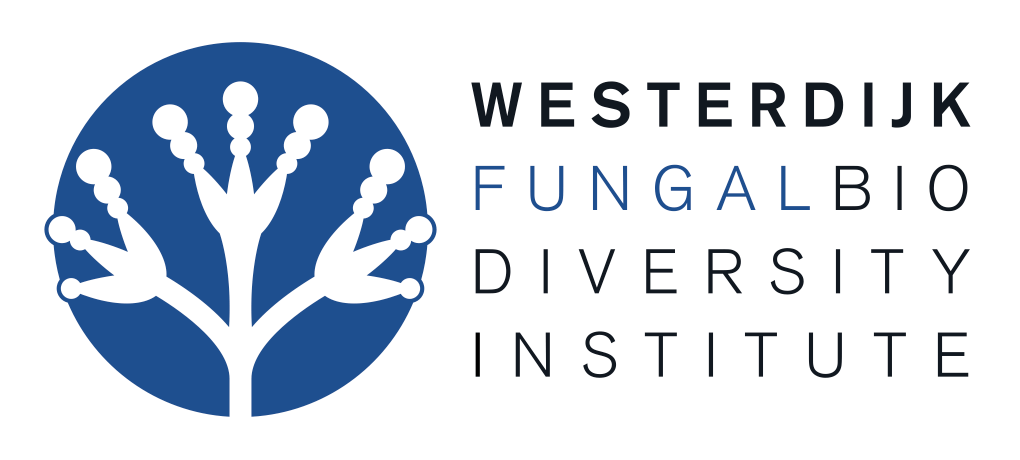
Website: westerdijkinstitute.nl
The Royal Netherlands Academy of Arts and Sciences (KNAW) acts as a management body for 15 national research institutes in the Netherlands and advises the Dutch Government on matters related to scientific pursuit. The Academy institutes are active in the humanities, the social sciences and the life sciences, and serve as national centres of expertise, manage unique infrastructures, and provide access to their collections, many of which have global notority.
The Westerdijk Fungal Biodiversity Institute (KNAW-WI, formerly Centraalbureau voor Schimmelcultures, KNAW-CBS) is one of these Academy institutes. KNAW-WI performs mycological research that contributes to the discovery and understanding of the biodiversity of fungi, their biology and potential solutions to societal challenges. The institute maintains the CBS Collection of yeasts and filamentous fungi, one of the oldest and largest public collections of living fungi in the world. The CBS Collection comprises a total of 100000 strains, representing 6000 genera, 19000 species, and 12600 type strains. Scientific and other data associated with these strains (including DNA barcode sequences of all strains) are maintained in databases and available online. These resources are intensively utilised by public and private parties in over 60 countries. The institute also maintains the Netherlands Culture Collection of Bacteria (NCCB), including 10000 strains of bacteria and over 500 plasmids and phages. The six research groups of the institute focus on the taxonomy and evolution of fungi, as well as on functional aspects of fungal biology such as ecology, fungal physiology and novel products.
University of Las Palmas de Gran Canaria – Spanish Bank of Algae – (ULPGC-BEA)

Website: marinebiotechnology.org
The University of Las Palmas de Gran Canaria (ULPGC) holds university research institutes, centres and 150 research groups covering all fields of knowledge, made up of nearly 1200 researchers and close to 800 PhD students as well as a Scientific and Technological Park (FCPCT). ULPGC leading research fields include marine sciences, computer, communications and electronic technology; medical science and technology, economics, cooperation and development, renewable energies, environmental conservation and tourism.
The Spanish Bank of Algae (BEA) is a centre for R+D+i of the ULPGC. It is recognised, by the World Intellectual Property Organization (WIPO), as an authorised culture collection for tropical, subtropical and extremophiles microalgae and cyanobacteria, particularly from the Macaronesian Region. The BEA’s main goal is to develop, under the frame of the “Marine Agronomy” and “Blue Biotechnology” concepts, an important agro-industrial sector based upon Algal Biotechnology (algae cultivation and application developments). Its research points include physiology, biochemistry, biomass transformation and industrial applications of algal biomass under intensive cultivation, and the development of biofiltration systems using algae. Its collaborations within the ULPGC include the Institute of Oceanography and Global Change (IOCAG), Institute for Sustainable Aquaculture (EcoAqua) and the Institute for Environmental Studies and Natural Resources (iUNAT).
Institut Pasteur (IP)
Institut Pasteur (IP) is a non-profit private foundation dedicated to the prevention and treatment of diseases through biomedical research, education, and public health activities. A high-level technology park, composed of 13 state-of-the-art technological platforms, offers cutting-edge equipment and know-how. The IP is organised into 10 departments and recognised as a leader in infectious diseases research, and ranks as a top level institution for publication impact in the field of microbiology.
The IP’s Teaching Centre offers a high-quality training program to young French and foreign researchers through a unique combination of high-quality theoretical, analytical and technical courses and lectures. IP has the required expertise and management infrastructure as well as a large experience in coordinating and participating in EU projects to efficiently and successfully support the EVAg project. Through its international network of 32 Pasteur Institutes (RIIP), IP contributes to a better detection and control of pathogens of major concern for Human and Animal Health. Thus, the network institutes contribute to the prevention and treatment of infectious diseases by research activities focusing on the main transmissible bacterial, parasitic or viral diseases and public health activities including national reference centres, World Health Organisation (WHO) collaborating centres and participation in national programmes to fight against infectious diseases.
Five public collections are hosted by Institut Pasteur and encompassed at the Centre de Ressources Biologiques de l’Institut Pasteur (CRBIP), making it one of the five richest culture collections in the world and providing access to more than 16000 bacterial strains, 750 cyanobacterial strains and 500 viruses (including viruses of risk group 3). The CRBIP activities are focused on: collection, maintenance and supply of microorganisms and research in the field of microbial biodiversity and systematic. In July 2005, the CRBIP obtained certification to become the first BRC preserving viruses of safety level 3 to be certified. The CRBIP is a member of the European Culture Collections’ Organisation (ECCO) and of the World Federation for Culture Collections (WFCC). In addition, the National Collection of Cultures of Microorganisms (CNCM), hosted in the Institut Pasteur, has the status of International Depositary Authority under the Budapest Treaty on the International Recognition of the Deposit of Microorganisms for the Purposes of Patent Procedure, securing the deposit of microorganisms according to agreements which resulted from the national and international need of a controlled preservation under a strict secrecy provision.


